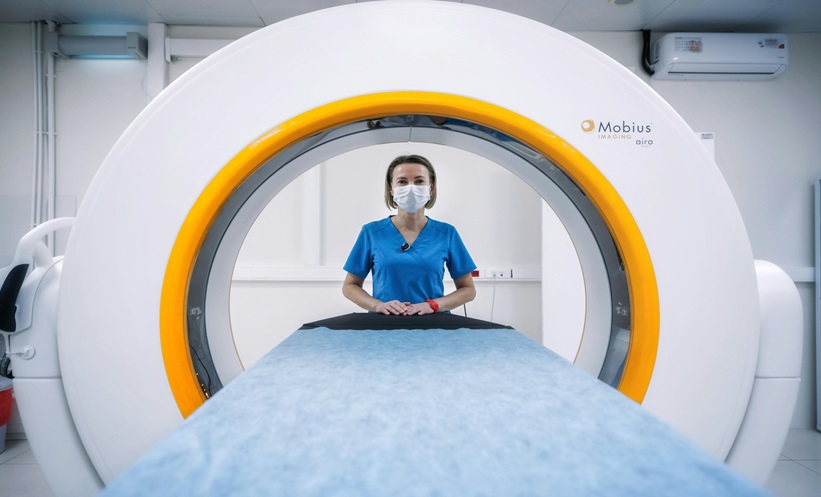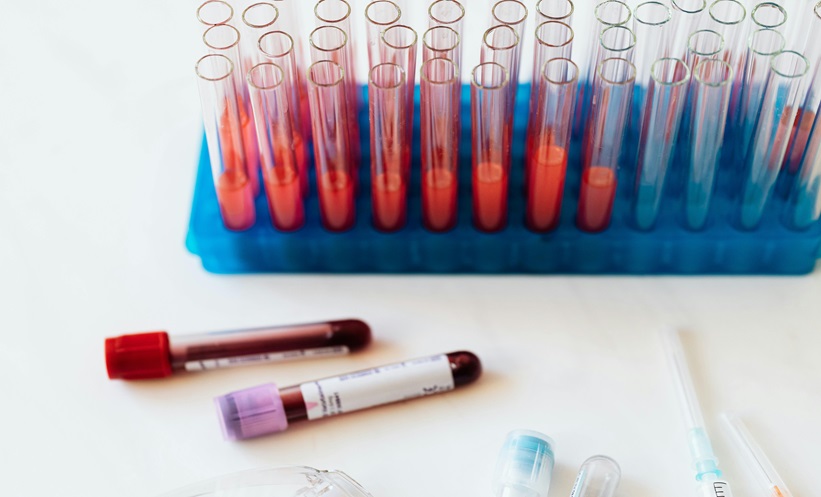BIODEGRADABLE nanoparticles carrying genes have been shown to effectively destroy brain cancer cells in murine models, thus extending survival.
Though recent decades have seen vast improvements in cancer therapies, a curative treatment for glioma is yet to be established; the potential of gene therapy has long been hindered by the difficulties involved in effectively delivering toxic or missing genes to cancer cells in the brain.
After designing and testing a range of nanoparticles constructed from a variety of polymers or plastics, the team discovered that by filling these with DNA encoding the enzyme herpes simplex virus type 1 thymidine kinase (HSVtk), a compound with little effect could be transformed into a potent therapy for killing brain cancer cells. Additionally, when combined with the compound ganciclovir, the nanoparticles were 100% effective at destroying glioma cells grown in laboratory dishes.
“We then evaluated the system in rats with glioma and found that by using a method called intracranial convection-enhanced delivery, our nanoparticles could penetrate completely throughout the tumour following a single injection,” commented Dr Jordan Green, Associate Professor of Biomedical Engineering and Ophthalmology, Johns Hopkins University, Baltimore, Maryland, USA. “When combined with systemic administration of ganciclovir, rats with malignant glioma lived significantly longer than rats that did not receive this treatment.”
The findings further showed that non-viral DNA delivery of HSVtk combined with ganciclovir, had significantly impressive anti-tumour effects.
“To date, this type of system has only been used in humans with viral methods of gene delivery, of which the safety profiles are still heavily in debate,” said Dr Betty Tyler, Associate Professor of Neurosurgery at Johns Hopkins. “Additional studies are needed to see if these nanoparticles could also effectively deliver other anti-tumour genes for the treatment of brain tumours as well as systemic cancers.”
In the meantime, Dr Green envisions that the nanoparticles would be administered locally in the brain during surgery that is commonly used to treat glioma; in future they may be administered systemically, rather than directly to the brain.
“We are encouraged by these promising results and look forward to optimising the intracranial distribution of this new nanoparticle gene therapy strategy,” concluded Dr Tyler.
(Image: freeimages.com)







